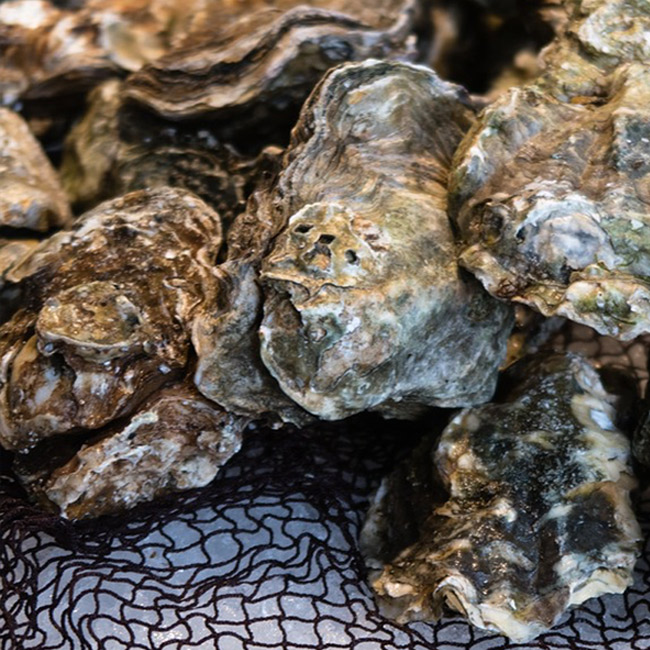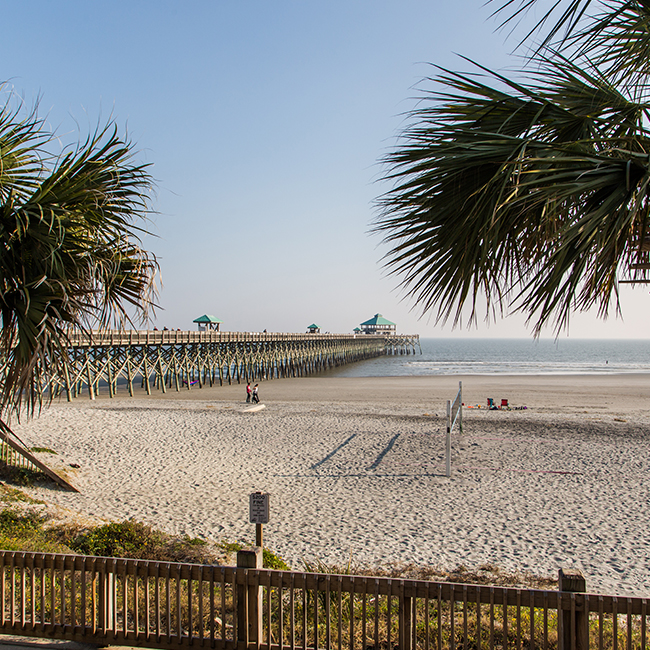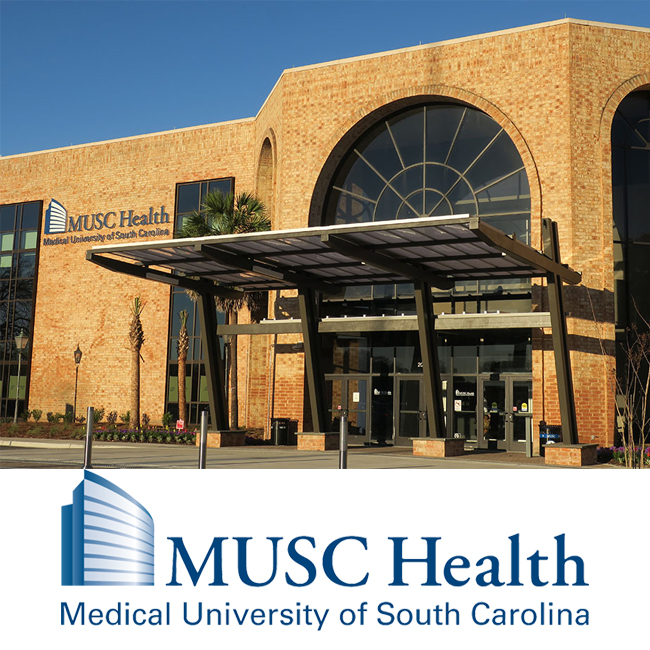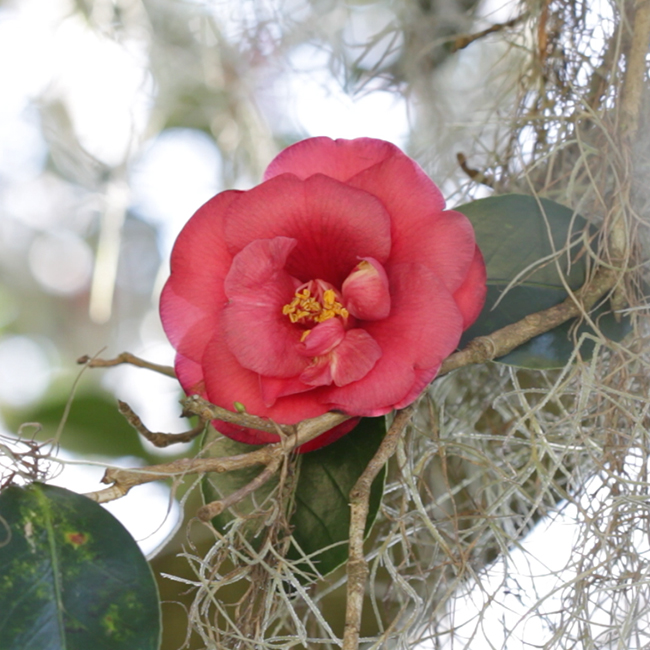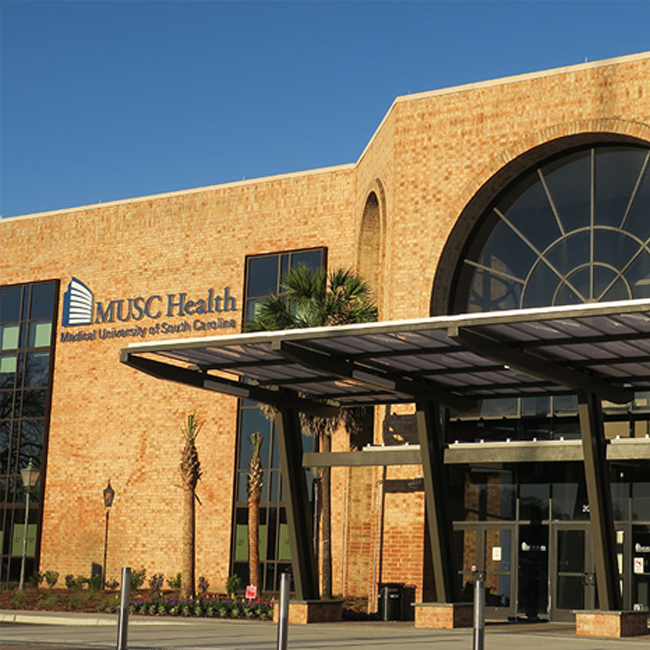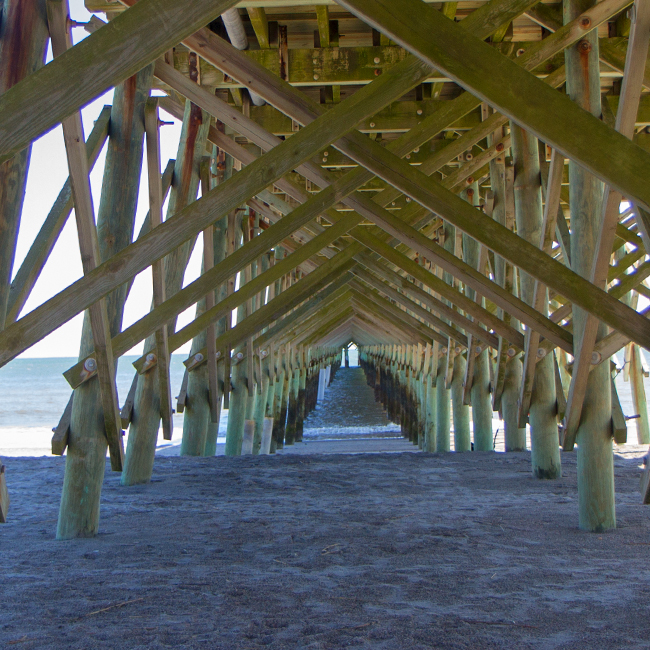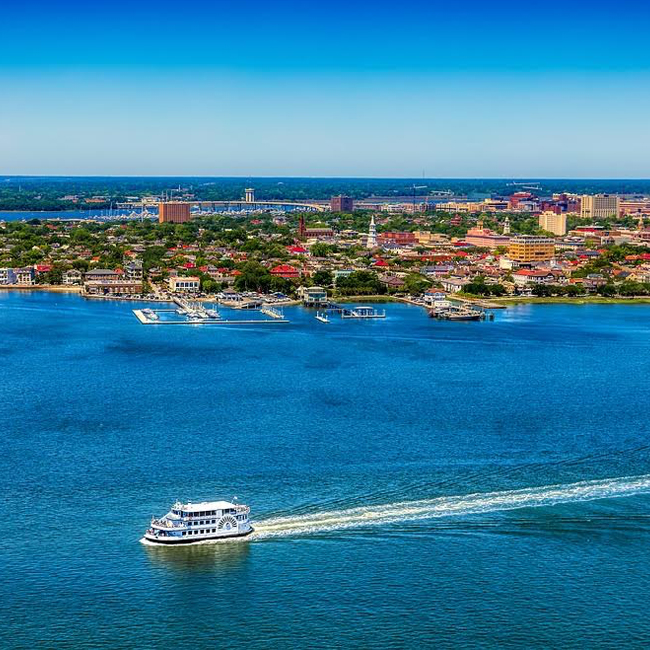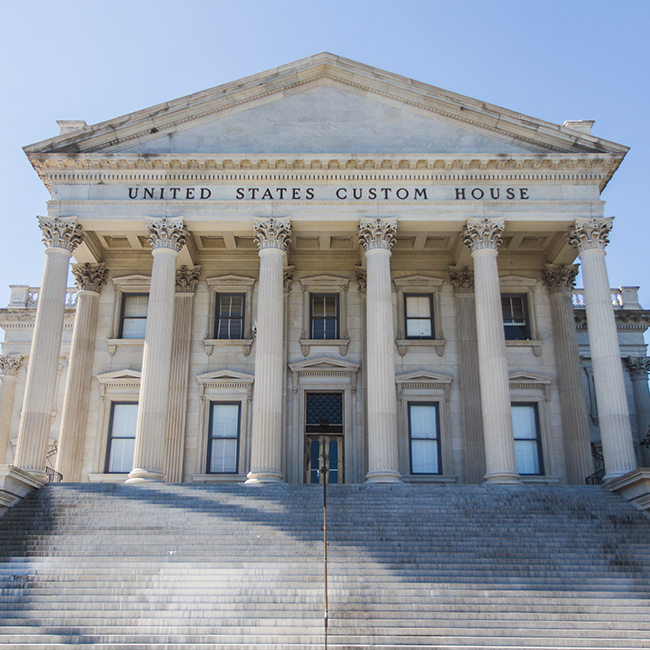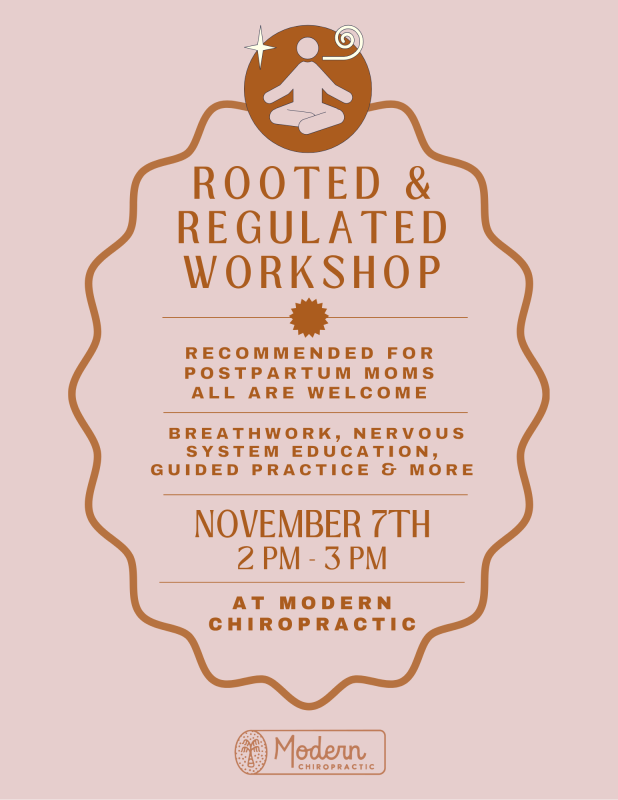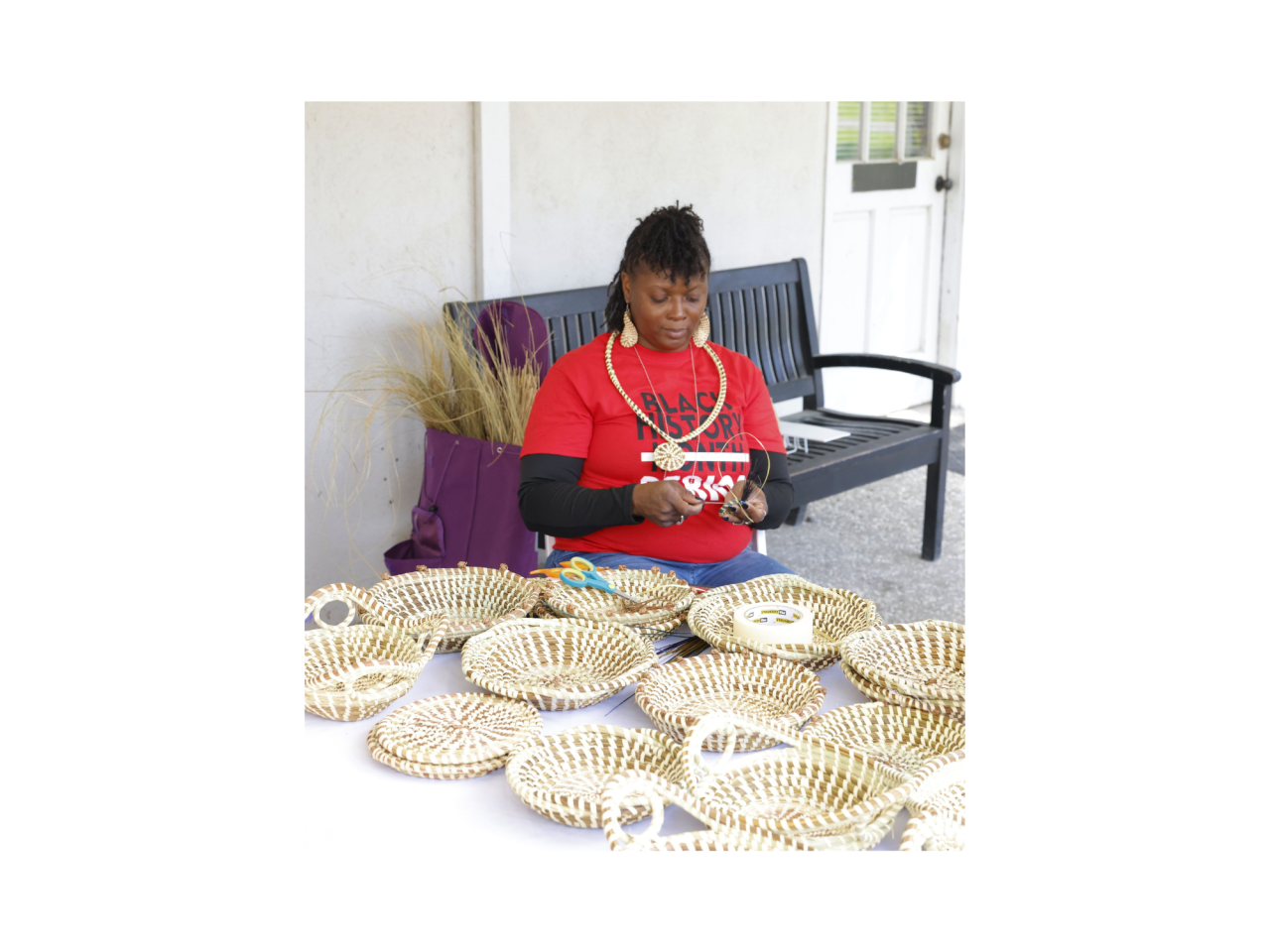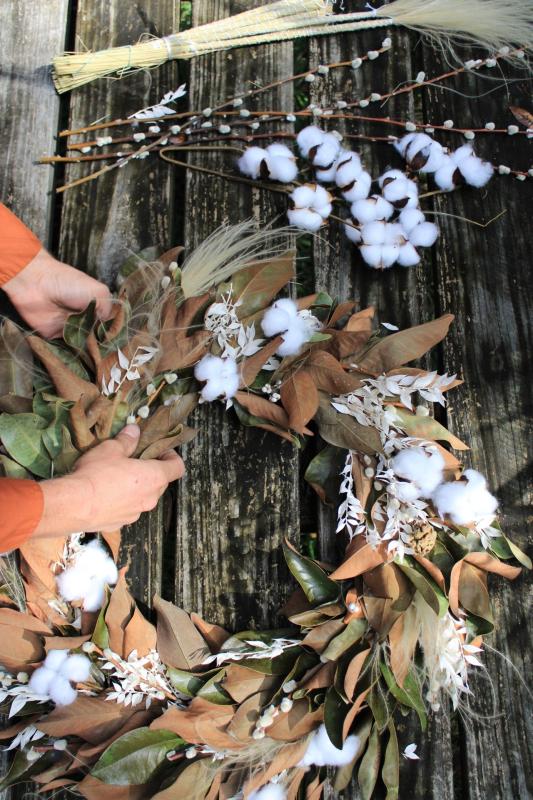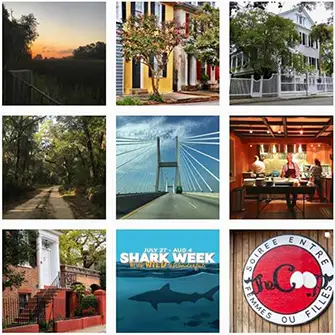You may have never even heard of oyster shell recycling. But here in South Carolina it’s a thing. A big thing. In fact, South Carolina’s DNR – Department of Natural Resources – is counting on you to do so.
But more about that in a minute.
If you’ve spent much time here, you probably know how much the Lowcountry loves its oysters. They are a huge part of our local culture and a centerpiece of the classic South Carolina coastal party, the oyster roast. In fact, the world’s largest oyster roast (the Lowcountry Oyster Festival) just took place this past weekend at Boone Hall Plantation, where they served 80,000 pounds of them.

